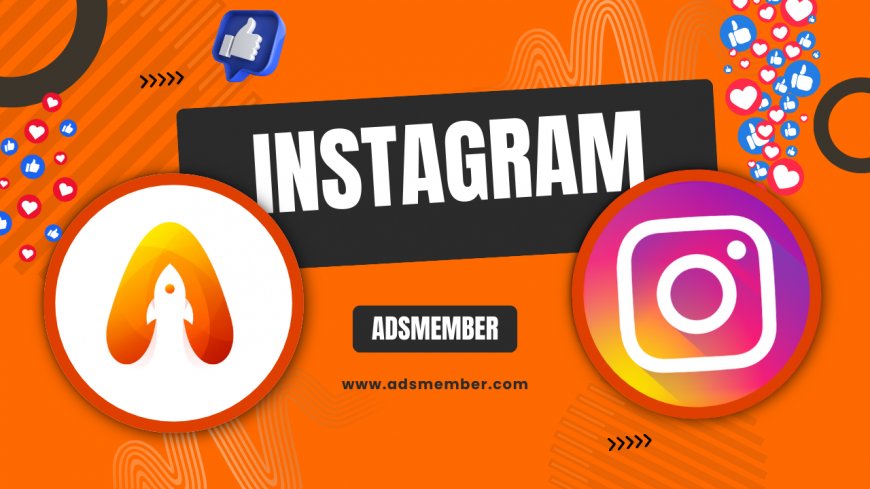How to Turn Any Image to Caption Magic on Social Media
Discover how to transform any image to caption perfection for social media. Learn expert tips, tools, and unique strategies to boost engagement with creative…

Ever stared at a stunning photo, itching to post it on social media, but your mind goes blank for a caption? I’ve been there, and it’s frustrating. Crafting the perfect 'image to caption' combo can feel like an art form, but it’s a skill you can master. Whether it’s for Instagram, TikTok, or Twitter, a killer caption turns a simple image into a story that grabs attention. In this guide, I’ll walk you through actionable steps, unique tools, and personal tricks to make your captions pop. Let’s dive into how you can elevate your posts with captions that resonate.
Why Captions Matter More Than You Think
Honestly, captions are the unsung heroes of social media. A great image draws eyes, but a caption keeps them hooked. According to Statista, posts with engaging captions can boost interaction rates by up to 15%. They add context, personality, and a call-to-action (CTA). Without them, your image is just a pretty picture—lost in the scroll. I’ve seen firsthand how a witty line can turn a post from 10 likes to 100 overnight.
The Psychology Behind a Good Caption
Captions tap into emotions. They can make followers laugh, think, or feel inspired. Neuroscience shows that storytelling triggers dopamine in the brain, making your content memorable. When you pair an image to caption with intent, you’re not just posting—you’re connecting. Think of captions as your voice; they humanize your brand or personal account.
Step-by-Step: Crafting the Perfect Image to Caption Match
Turning an image into a caption masterpiece doesn’t have to be daunting. I’ve broken it down into clear steps that I use myself. Follow these, and you’ll see your engagement soar. Let’s get started with a process that works for any platform, be it Instagram or beyond.
Step 1: Analyze Your Image
First, really look at your photo. What’s the vibe? Is it a sunny beach shot or a moody coffee moment? Identify the emotion or story it tells. I once posted a rainy window pic and paired it with a reflective caption about slowing down—it resonated because the mood matched. Your image to caption journey starts with understanding the visual.
Step 2: Know Your Audience
Who are you posting for? Teens on TikTok love humor and trends, while LinkedIn users crave value or inspiration. Tailor your tone. I’ve flopped by using a casual quip on a professional post—lesson learned. Check your audience insights on platforms like Instagram Tips to get a clearer picture of their preferences.
Step 3: Brainstorm Keywords and Emotions
Jot down words tied to your image. For a sunset, think ‘calm,’ ‘golden,’ or ‘gratitude.’ Build from there. I keep a note app for spontaneous ideas—some of my best captions came from random thoughts. This step bridges the visual to verbal gap seamlessly.
Tools to Automate Image to Caption Creation
Let’s be real—sometimes inspiration just doesn’t strike. That’s where tools come in. I’ve tested dozens, and a few stand out for generating image to caption ideas fast. These aren’t just crutches; they can spark creativity when you’re stuck.
AI-Powered Caption Generators
Tools like Copy.ai or Jasper use AI to suggest captions based on image descriptions you input. Upload or describe your photo, and they churn out ideas. I’ve used Copy.ai for a quick Instagram post, tweaking its suggestion into something personal. They’re not perfect, but they save time. Check their free trials to test them out.
Hashtag and Caption Apps
Apps like CaptionPlus or InstaCaption offer pre-made captions and hashtags tailored to themes (travel, food, etc.). I find them handy for niche posts, though they can feel generic. Pair their ideas with a personal twist for authenticity.
Case Study: How a Small Brand Nailed Image to Caption
Let me share a real example that inspired me. A small coffee shop I follow on Instagram, ‘Brew & Muse,’ skyrocketed their engagement with clever captions. For a latte art photo, they wrote, ‘Art in a cup—what’s your morning masterpiece?’ It wasn’t just a caption; it invited replies. Their engagement jumped 20% in a month, per their shared analytics. The lesson? Ask questions. Make your image to caption dynamic. I’ve since used this tactic, and my comment sections are livelier.
Personal Anecdote: My Caption Flop Turned Lesson
I’ll never forget posting a gorgeous mountain shot with a lazy ‘Wow, nature!’ caption. Crickets. No likes, no comments. It hurt, but I learned captions need effort. The next time, I shared a story about hiking struggles and tagged it with a question. Boom—engagement tripled. In my opinion, vulnerability in captions builds trust. Try sharing a snippet of your life; it works wonders.
Comparison Table: Caption Styles Across Platforms
| Platform | Best Caption Style | Length (Words) | Engagement Focus |
|---|---|---|---|
| Storytelling or Witty | 30–50 | Emotional Connection | |
| TikTok | Trendy or Humorous | 10–20 | Quick Attention |
| Snappy or Thoughtful | 15–30 | Conversation Starter |
Data inspired by platform analytics and Pew Research on user behavior. Adjust your image to caption style based on where you post.
Unique Tip: The ‘Hidden Story’ Caption Trick
Here’s a gem I rarely see discussed. Instead of describing the obvious in your image, hint at a backstory. For a beach photo, don’t say ‘Beautiful day!’ Try ‘This is where I found my calm after the chaos.’ It intrigues followers to ask more. I’ve used this, and it sparks DMs and comments like crazy. It’s subtle but powerful for engagement.
Expandable Bonus Tips for Caption Creativity
Click for 3 Hidden Caption Hacks
- Emoji Storytelling: Use emojis to replace words or add flair. A heart or wave can say more than text sometimes.
- Line Breaks: Break captions into short lines for readability. I do this on Instagram—looks clean, reads easy.
- Tag a Mood: Mention your vibe (‘Feeling nostalgic’) to connect emotionally. It’s a small tweak with big impact.
FAQ: How Do I Match an Image to Caption?
Start by identifying the emotion or story in your image. Is it joyful, serene, or funny? Write a caption that mirrors that vibe. Add a personal touch or question to engage followers. Tools like AI generators can help brainstorm if you’re stuck.
FAQ: What’s the Best Length for a Social Media Caption?
It depends on the platform. Instagram thrives on 30–50 words, while TikTok needs 10–20 for quick impact. Twitter works with 15–30. Keep it concise but meaningful—don’t ramble.
FAQ: Can AI Tools Write Good Captions for Images?
Yes, but with a caveat. AI tools like Copy.ai suggest decent ideas, but they often lack personality. Use them as a starting point, then tweak to match your voice for authenticity.
FAQ: How Can Captions Boost Engagement?
Captions encourage interaction through questions, CTAs, or relatable stories. A 2021 Statista report shows engaging captions can increase interaction by 15%. Make them conversational to spark comments and shares.
FAQ: What’s a Common Caption Mistake to Avoid?
Overloading with hashtags or being too generic. ‘Nice day’ doesn’t cut it. Be specific, tell a story, or ask something. Generic captions get ignored in the scroll.
What's Your Reaction?
 Like
0
Like
0
 Dislike
0
Dislike
0
 Love
0
Love
0
 Funny
0
Funny
0
 Angry
0
Angry
0
 Sad
0
Sad
0
 Wow
0
Wow
0
















































